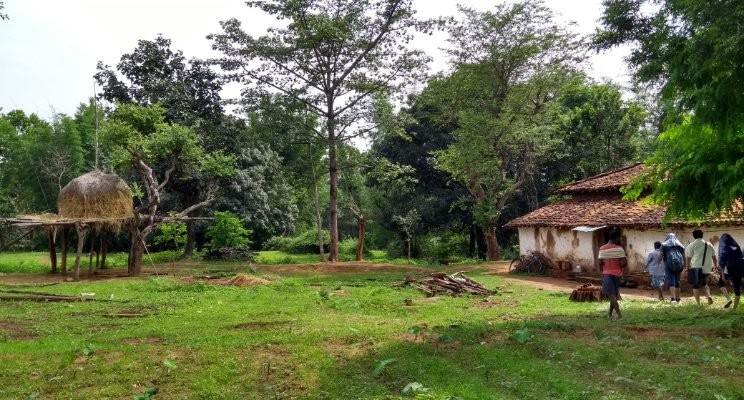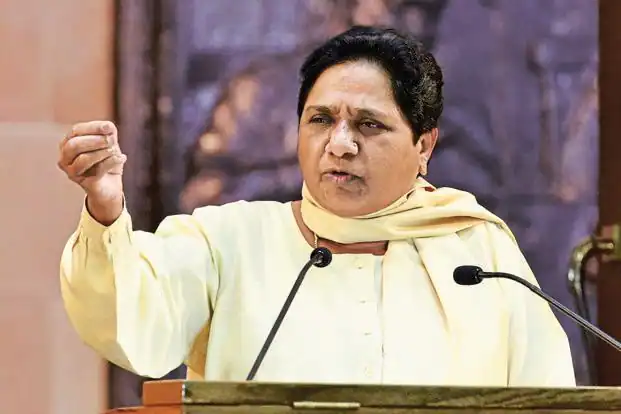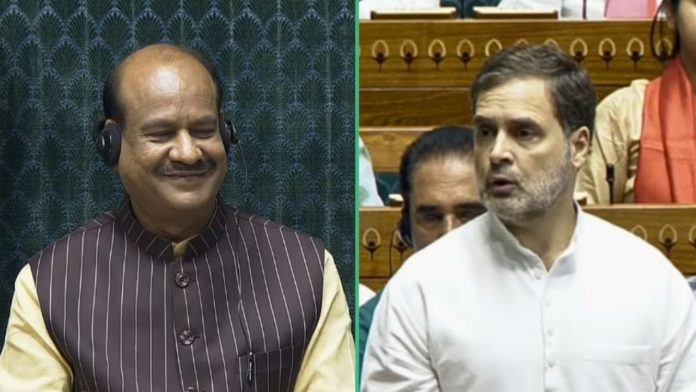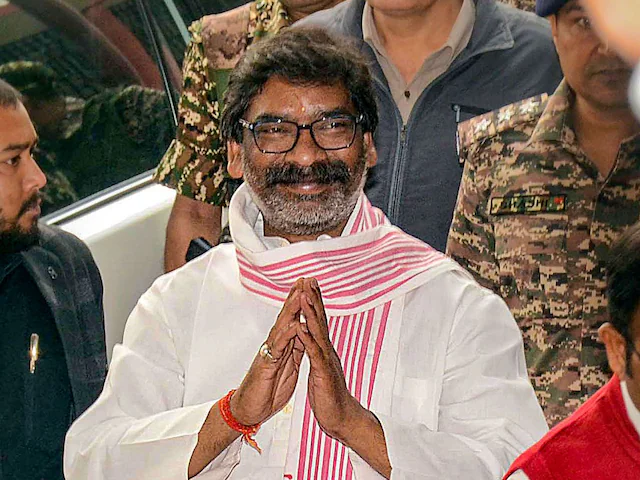how a Jharkhand tribal village in Pakur faces severe demographic shifts due to infiltration. Learn about the High Court’s intervention, concerns over declining tribal populations, and the impact on local identity and culture.
In July, the Jharkhand High Court issued a directive for the state government to identify and repatriate suspected Bangladeshi infiltrators, a move sparked by a Public Interest Litigation (PIL). This judicial intervention has cast a spotlight on a Jharkhand tribal village in Pakur district, where the demographic landscape is experiencing profound changes.
Pakur, a district in Jharkhand known for its indigenous tribal communities, is witnessing an influx of infiltrators and a growing Muslim population. Despite Pakur not having a direct border with Bangladesh, its close proximity—just 50 kilometers from Malda in West Bengal, which shares a border with Bangladesh—has facilitated significant infiltration. Reports reveal a disturbing decline in the tribal population in Jharkhand tribal villages such as Kitajhor and Ramchandrapur, with a corresponding increase in Muslim residents.
The Jharkhand High Court’s intervention underscores the severity of the situation. The court has called for a coordinated effort between the state and central governments to address the infiltration problem. It has also explored the potential application of the Citizenship Amendment Act (CAA) to manage the influx of infiltrators effectively.
Babulal Marandi, BJP’s Jharkhand State President, has voiced strong concerns regarding the diminishing tribal population in Santhal Pargana, a region that includes Pakur. Marandi highlighted that the tribal population in Santhal Pargana has declined from 44.66% in 1951 to 28.11% in 2011. In contrast, the Muslim population has increased significantly, from 9.44% to 22.73% during the same period. Marandi attributes this demographic shift to illegal infiltration and has called for a thorough investigation to understand the underlying causes.
The rapid population growth in Santhal Pargana, which has averaged 7-8 lakh over recent years, supports Marandi’s concerns about unchecked infiltration. The proximity of Pakur to the Bangladesh border, combined with inadequate fencing in West Bengal’s Malda district, has created a relatively easy route for infiltrators to enter Jharkhand. Former MLA Beni Prasad Gupta, who has represented Pakur since 1990, notes that many Jharkhand tribal villages are being overtaken by infiltrators, leading to significant shifts in local demographics.
Local lawyer and social worker Dharmendra Kumar describes a troubling trend where infiltrators enter Jharkhand through various routes, often with the assistance of intermediaries. A particularly concerning practice involves infiltrators marrying tribal women to secure land and mining rights. These marriages often result in the establishment of “Jamai Tola” settlements, where Muslim men gain access to tribal lands through marriage and property transactions. Such practices undermine the traditional land ownership and cultural heritage of the tribal communities.
In response to these issues, the Jharkhand Police’s Special Branch issued a notice in June 2023 warning about illegal entries by Bangladeshi citizens. Additionally, the Union Home Ministry revealed in December 2023 that over 120 fake websites were issuing fraudulent birth certificates, further complicating the situation and contributing to the demographic challenges facing Jharkhand tribal villages.
Young tribals, including activists like Nirmal Murmu, are raising awareness about the alarming demographic changes in Jharkhand tribal villages. Murmu has pointed out how these areas are becoming predominantly Muslim, with new mosques emerging and the traditional tribal identity being increasingly threatened. This situation highlights the urgent need for measures to protect the cultural and demographic integrity of Jharkhand tribal villages.
The evolving scenario in Jharkhand brings to light the complex interplay between migration, legal frameworks, and local dynamics. The issue of infiltration raises crucial questions about the preservation of identity and cultural heritage in Jharkhand tribal villages, emphasizing the need for comprehensive strategies to address these challenges and safeguard the region’s unique tribal heritage.
For further insights and comprehensive content, please visit our homepage



